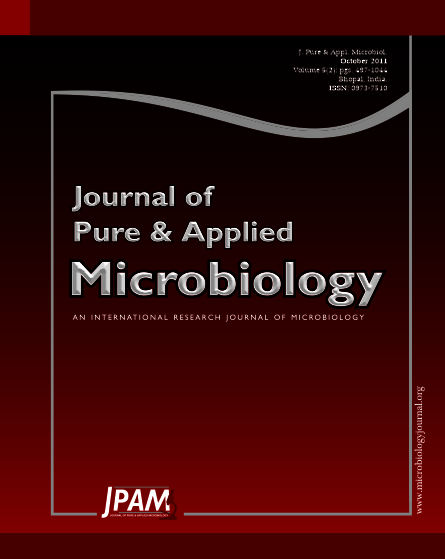Keratinous waste which comprises feathers, hairs, nails, skin, wool etc creates problem of solid waste management due to presence of highly recalcitrant keratin. Many workers reported about a myriad of microorganisms, mostly fungi and bacteria, to utilize keratin, thus removing it from environment. In the present study, ten strains of Bacillus genera were isolated from soil samples collected from different sites. These strains were identified on the basis of different biochemical tests. Feather degradation and keratinolytic activity of these strains were carried out and soluble protein release was measured. Among these strains, Bacillus badius RS1 showed remarkable keratinolytic and proteolytic activity with 93.3% of feather degradation in 48 hours of incubation with significant release of soluble protein (approximately 3150 µg/ml) in the keratinase production media. This strain may be used efficiently for keratinous waste management and production of industrially important protease having keratinolytic activity even at high temperature and pH, which would be extremely useful for biotechnological process involving keratin hydrolysis or in the leather industry.
Keratinase, Solid waste management, Feather degradation, Keratinolysis, Debarbulation
© The Author(s) 2011. Open Access. This article is distributed under the terms of the Creative Commons Attribution 4.0 International License which permits unrestricted use, sharing, distribution, and reproduction in any medium, provided you give appropriate credit to the original author(s) and the source, provide a link to the Creative Commons license, and indicate if changes were made.


